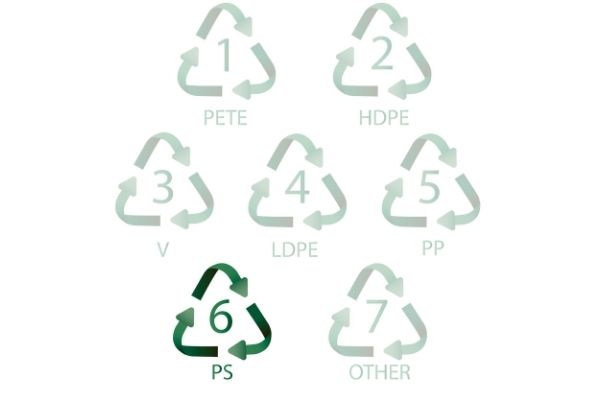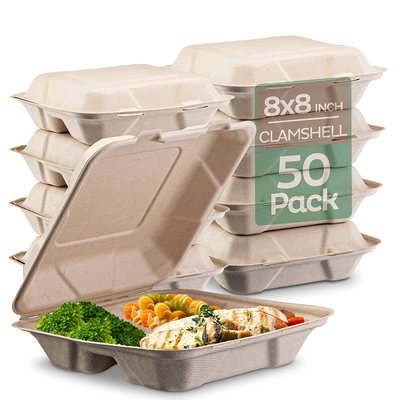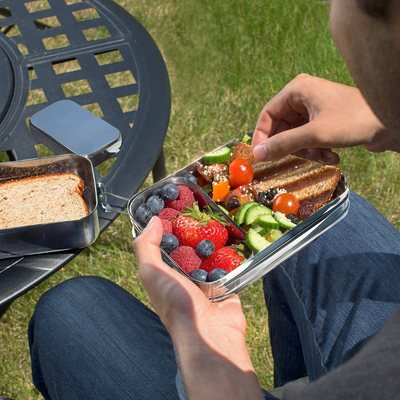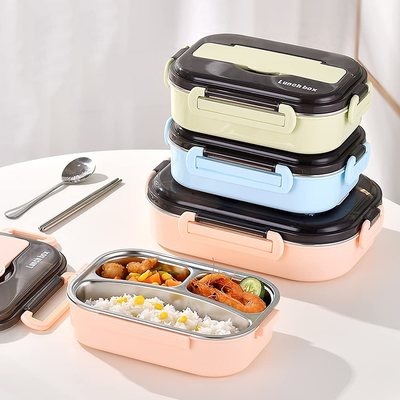Polystyrene is a versatile plastic most easily recognized as the white foam blocks in packaging or packing peanuts. It is also commonly used in takeaway food packaging. Polystyrene is identified as Plastic No 6 and features a 6 in the arrows. Given that this type of plastic is so prevalent in our lives, it would be helpful to know if polystyrene recycling is possible.
Read on to learn more!
Polystyrene was invented in 1839 by a German apothecary named Eduard Simon. It was another example of a breakthrough in science occurring by pure accident. Eduard was preparing a medication when he accidentally created polystyrene. As with other plastics, it was years later that the full potential of polystyrene was realized.
Polystyrene is made from the monomer styrene, which is derived from oil, as with most plastics. These monomers are polymerized to form polystyrene. If you would like to learn about polymers and monomers, check out our piece What is Plastic.
What is the difference between polystyrene and Styrofoam? They’re pretty much the same thing. “Styrofoam” is a trademarked brand of polystyrene. The Dow Chemical Company came up with a new process to create polystyrene and trademarked it. It’s a bit like Liquid Paper or Band-Aids. They are brand names that have become familiar names.
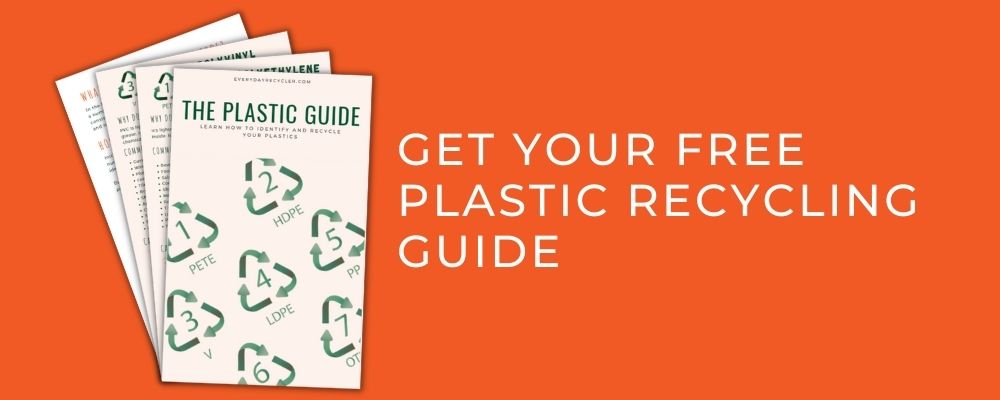
Why do we use polystyrene?
We use polystyrene because it is both lightweight and rigid. As foam, polystyrene is light because it’s made up of more than 95% air. It’s also versatile and inexpensive. Who hasn’t made a school project where you cut, sand, glue, and paint some polystyrene?
Polystyrene is also used to make rigid plastic items and plastic film. In its rigid form, polystyrene is clear, hard, and brittle.
Some other properties of polystyrene include:
- A low melting point.
- A good moisture barrier.
- Low conductivity.
- It’s a very good insulator. As a foam, it’s made up of more than 95% air.
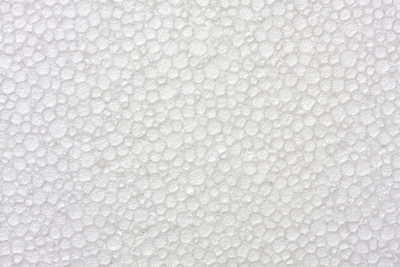
The most common type of polystyrene is expanded polystyrene (EPS). EPS is made by expanding beads of polystyrene plastic and fusing them back together. You’ll most likely recognize this format because it looks like a bunch of small bean bag balls stuck together. Of course, we know what happens when they get separated too. It goes everywhere.
So why does polystyrene stick to everything? Polystyrene quickly accrues an electrostatic charge. The charge causes it to stick to you, your carpet, your dog, and pretty much everything else. Try some anti-static spray or sprinkle some baking soda (bi-carb soda) over the beans to clean it up.
Common Items Made from Polystyrene
Some typical items made of polystyrene are:
Foam
- Disposable coffee cups
- Plastic food boxes & Take out containers (such as clamshells)
- Plastic plates, bowls, cutlery
- Meat and poultry trays
- Beer coolers
- Packing foam
- Packing peanuts
- Protective foam packaging for furniture, electronics, and other items
- Home and building insulation
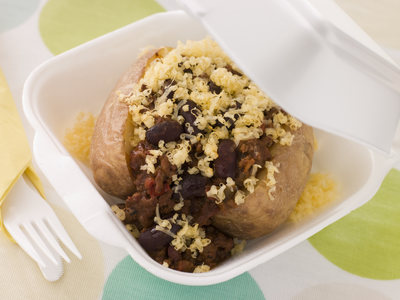
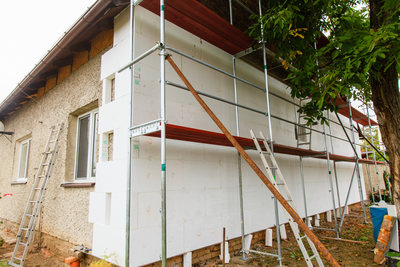

Rigid
- Rigid containers, e.g., yogurt
- Aspirin bottles
- Medical devices
- Smoke detectors
- Compact disc cases
- Toys
- Coat hangers
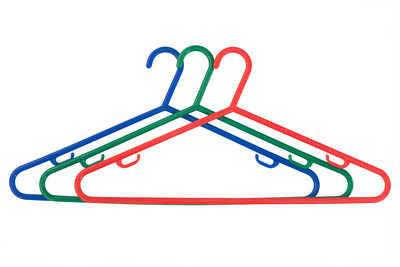
Can Polystyrene be Recycled?
You may not know polystyrene, or plastic no 6, can be recycled. It can’t be recycled in your recycling bin, but there are specialist recyclers who will take it.
Curbside recycling programs usually don’t allow polystyrene because it’s challenging to manage. It’s hard to separate polystyrene at the facility, as it can contaminate other recycling materials. Costs are also high as it needs to be transported to another facility for recycling.
I purchased a new bed not too long ago. When I got home and opened the boxes, I was horrified to see how much polystyrene there was.
Here’s what I did.
I cut all the pieces of polystyrene into reasonably sized pieces and bagged them up. I vacuumed up all the small bits stuck to the floor and furniture. Then I looked up a local specialist recycler and dropped all the material down to them. It wasn’t that hard, and I even took some old paint tins and other trash.
How to Recycle Polystyrene or Styrofoam
It is harder to recognize plastic no 6, as it is not often labeled, especially in packaging.
Always check with your local recycler to know the rules. Generally, specialist recyclers will only take clean white polystyrene. Here are some tips for recycling Styrofoam or EPS:
- Make sure it’s clean and free of any tape, plastic film, labels, loose parts, or glued-on cardboard.
- Separate the Styrofoam or polystyrene foam from your regular recycling.
- Break or cut it into small pieces, so more can fit in a box.
- Remove any colored foam as recycling facilities will usually only take white polystyrene.
- Drop the foam off at your local Styrofoam recycling center.
It’s a good idea to keep a box to collect polystyrene. That way, you can collect small pieces until you have enough to make a trip to the recycler. Or why not have a collection drive with your neighbors?
Here are some links to help find a specialist polystyrene recycling near you:
| Country | Polystyrene Recycling Links |
| United States | EPS Recycling find a location Recycle Foam Or you could try Pakmail Store Locator Home for Foam recycling locator |
| United Kingdom | Recycling in the UK If you have commercial or large quantities of polystyrene, try Molygran or EPS Recyclers |
| Australia | Expanded polystyrene Australia |
| New Zealand | Junkrun NZ list some companies. |
If you know of a facility in your country, let us know and help us build our list.
If you can’t find a local recycler, try contacting the company which made the product. They may be running a take-back program. If not, it’s a perfect opportunity to have a conversation with them and encourage them to start one.
What is recycled polystyrene made into?
Some of the items made from recycled polystyrene include:
- Insulation
- License plate frames
- Rulers
- Thermometers
- Light switch plates
- Desk trays
- Cameras or video cassette casings
- Plastic moldings (i.e., wood replacement products)
- Expandable polystyrene (EPS) foam protective packaging
- Foam packaging peanuts (some recycled content)
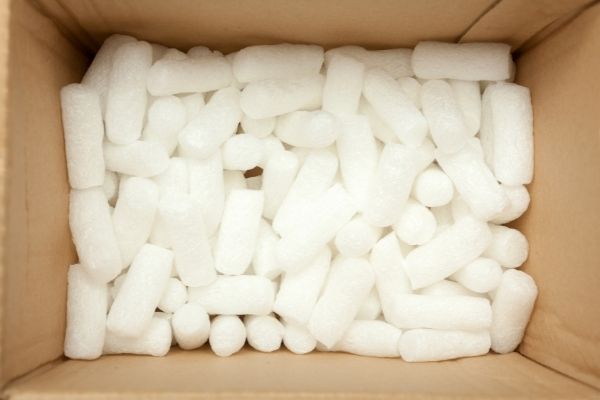
What happens when polystyrene is not recycled?
Polystyrene lasts a long time in the environment. Worse still, the majority of foam polystyrene is made up of small balls that can break apart. These balls are incredibly lightweight and can spread easily. They are also small enough for animals to ingest.
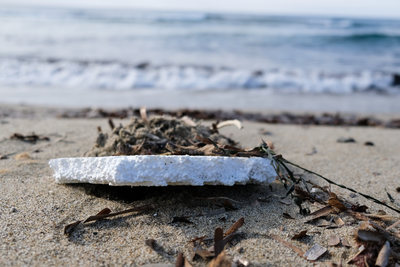
I always pick up polystyrene when I see it around the streets or parks. It’s one of the worst polluters. I recently took part in a creek clean-up near my house, and there were so many small polystyrene pieces it was terrible.
Some ways to reduce and reuse polystyrene plastic?
As polystyrene is bad for the environment and difficult to recycle, you should always avoid using polystyrene whenever possible. Here are ways you might reduce how much polystyrene you use:
- Look for products packaged in PET, HDPE, or LDPE, as they are better options and can be recycled easier.
- Many companies are switching to recycled cardboard or compostable clamshells like the ones below. If your favorite takeaway brand has not made the switch, chat with them and let them know you want them to be more sustainable.
- Use reusable food containers instead of using takeaway containers. See if your local takeaway will let you bring your own.
- Try to use companies that use biodegradable packing peanuts. If they don’t, use your voice and encourage them to switch.
- Look for alternatives to polystyrene insulation, e.g., Woolcool – a product made from waste wool.
Ways to reuse polystyrene:
- Polystyrene is particularly useful for home science or art projects as it can be cut, shaped, and painted.
- Break it up and place it in the bottom of pots to provide drainage.
- Collect packing peanuts and store them until you send your next Christmas presents or eBay second-hand item.
Summary
One of the most common plastics available, polystyrene, can be identified by Plastic No 6, a 6 in the chasing arrows. You will easily recognize it as the white foam blocks in packaging or in takeaway food packaging. You might not also know it is in items like insulation, CD cases, and even some toys.
We use so much polystyrene because it is extremely lightweight, rigid, versatile, and inexpensive.
Most people think polystyrene, or plastic no 6, cannot be recycled. The truth is that polystyrene or Styrofoam can be recycled. It just takes a little more effort. Recycling services are not as easily accessible to everyday people. In most cases, home recycling programs do not accept it, so you need to find a specialist recycler where you can drop it off. Check the links above to find polystyrene recycling near you.
Even though polystyrene, plastic no 6, can be recycled, we should do our best to reduce our use. Polystyrene can be harmful when it gets into the environment, so we minimize this risk by using alternatives.
That’s a lot of R’s – Reduce, Reuse, Recycle and Rebuy Recycled products.
If you want to know about the other Plastic recycling codes, here are some links:
- Plastic by Numbers Summary
- Plastic Number #1 – PET or PETE
- Plastic Number #2 – HDPE
- Plastic Number #3 – PVC
- Plastic Number #4 – LDPE
- Plastic Number #5 – PP
- Plastic Number #7 – Other
Or why not join our mailing list, and you will get a free plastic recycling guide.
Sources
- Alyssa Mertes, 2020, What are the different types of plastic? qualitylogoproducts.com
- Plastic Resin Codes, American Chemistry Association
- Last Updated 2020, Polystyrene, Wikipedia
- John Kelly, How does polystyrene recycling work? howstuffworks.com
- Tony Rogers, 2015, Everything You Need To Know About Polystyrene (PS), Creative Mechanisms
- Recycling Polystyrene, Metropolitan Waste, and Resource Recovery Group
- Expanded Polystyrene Australia, http://epsa.org.au/


